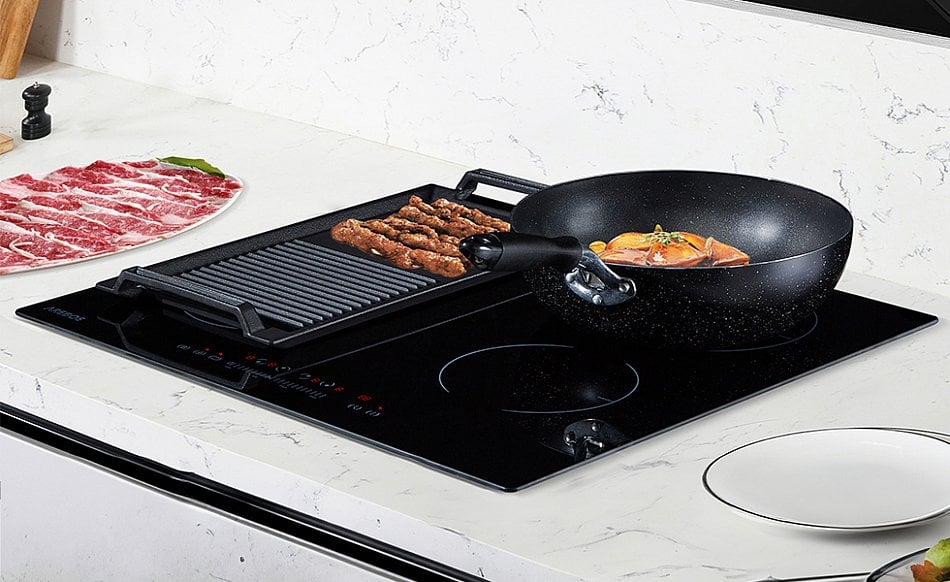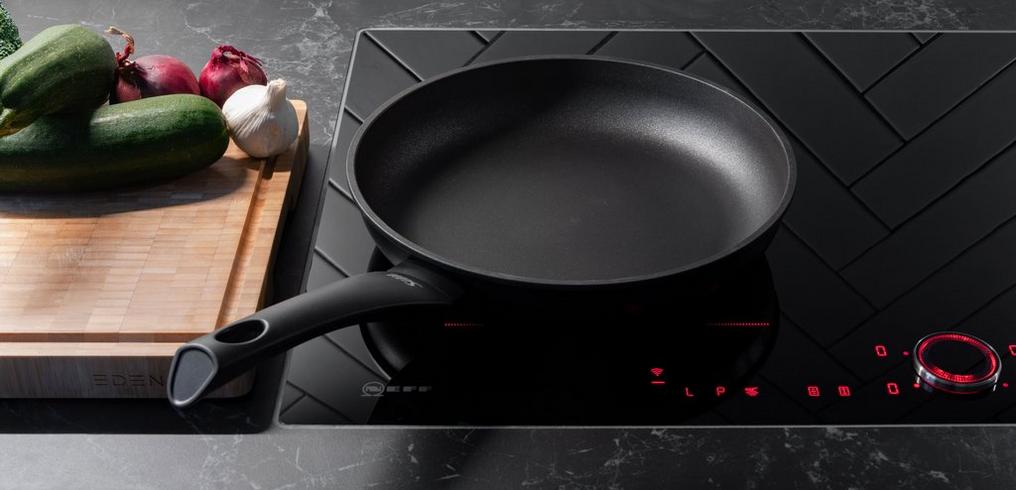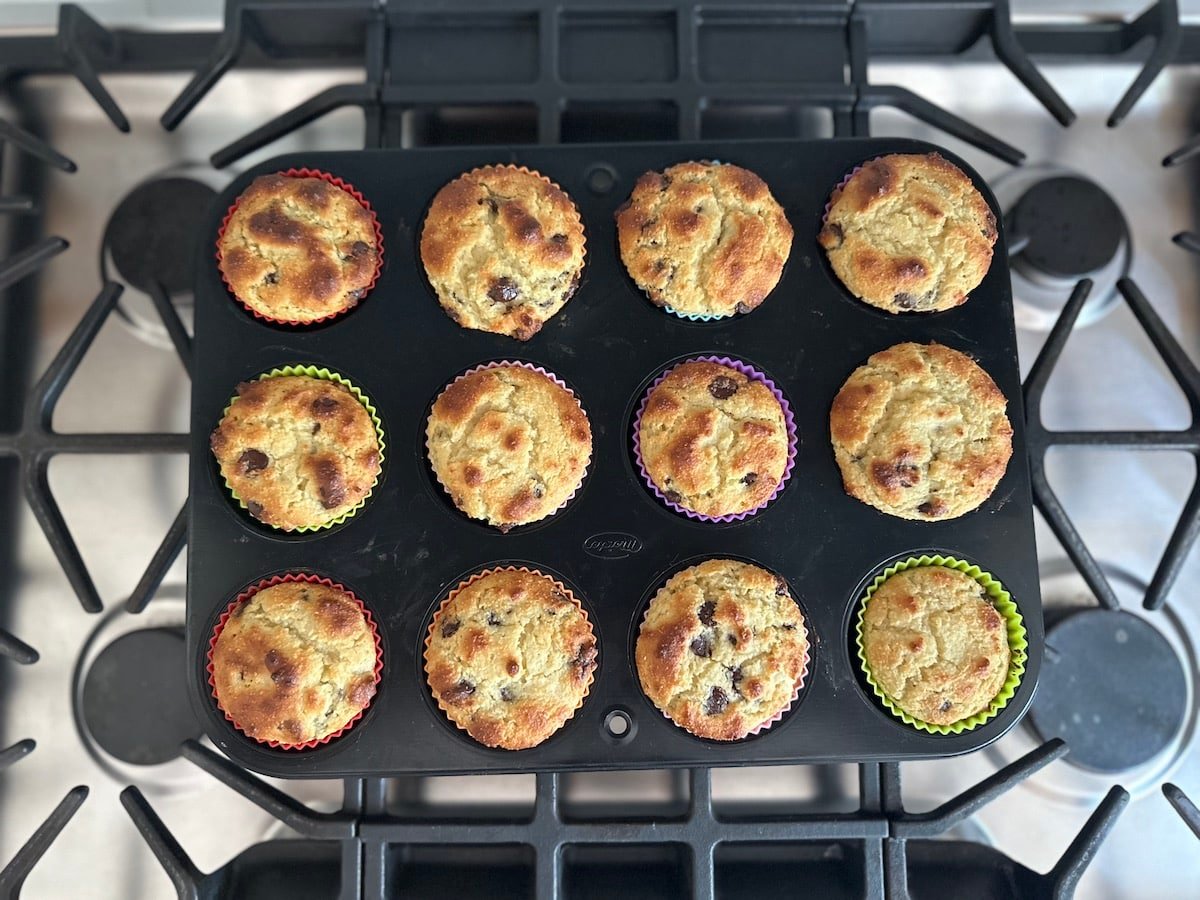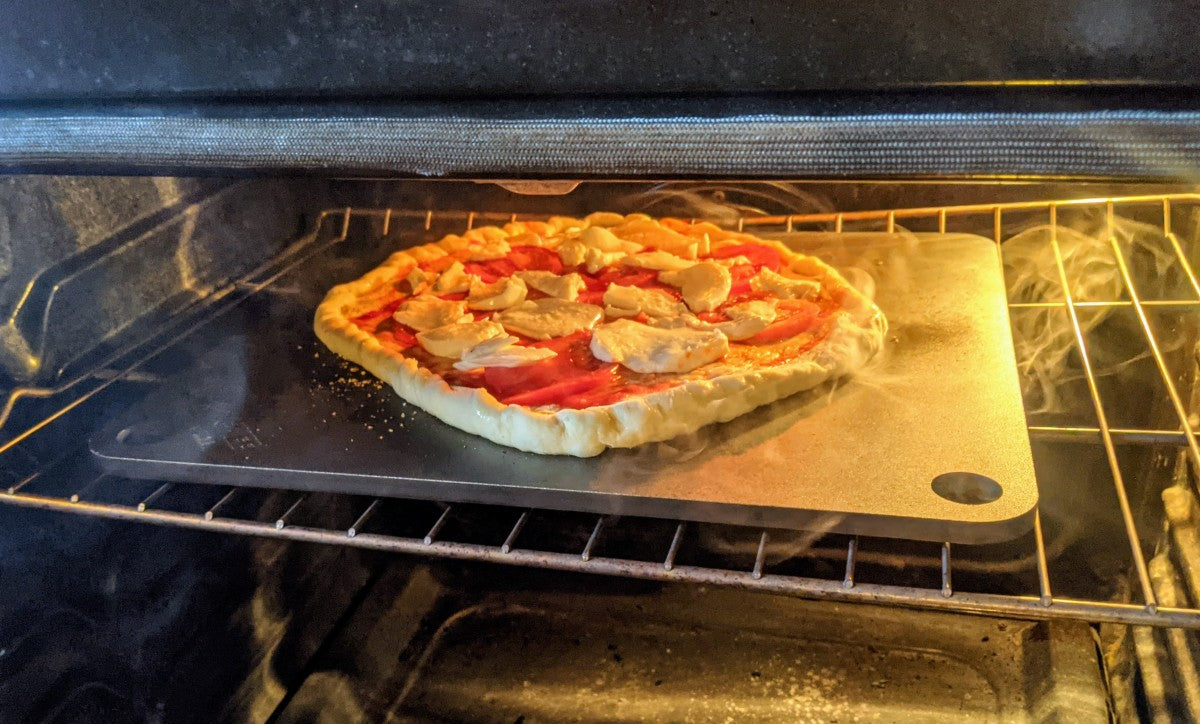For kitchen professionals, cast iron cookware is often a staple due to its durability and superior heat retention. However, when using cast iron on induction cooktops, some may notice surface discoloration. This phenomenon can be puzzling, especially for those who take pride in their well-maintained kitchen tools.
Induction cooking is gaining popularity for its efficiency and precision, but it operates differently from traditional heat sources, which can lead to unexpected changes in your cookware. In this article, we will explore the reasons behind cast iron surface discoloration when using induction cooktops and offer tips for maintaining your cookware's aesthetic and functional integrity.

What Causes Cast Iron Discoloration on Induction Cooktops?
The discoloration of cast iron surfaces when used on induction cooktops is primarily due to the high heat levels and the unique way induction cooking works. Induction cooktops use electromagnetic fields to directly heat the cookware, resulting in quick and intense heating. This can lead to thermal shock if the cast iron is not evenly heated, causing discoloration or even warping.
Another factor is the presence of residual food particles or oils on the cast iron surface. When these come into contact with the high heat of induction, they can burn and leave marks, contributing to discoloration. This is why its crucial to ensure your cast iron is clean before placing it on an induction cooktop.
How to Prevent Discoloration
To minimize the risk of discoloration, start by ensuring your cast iron cookware is properly seasoned. Seasoning creates a protective layer that not only enhances the non-stick properties but also provides a buffer against discoloration. Regular maintenance of this seasoning is key, and for tips on maintaining seasoning on induction, you can read this guide.
Additionally, avoid placing cold cast iron directly onto a hot induction burner. Gradually heating the pan can prevent thermal shock and reduce the risk of discoloration. Keep your cookware clean and dry to prevent any food residues that might cause staining during high-temperature cooking.
Cleaning and Restoring Discolored Cast Iron
If your cast iron has already discolored, dont worry. There are ways to restore it. Start by cleaning the cookware thoroughly with warm water and a stiff brush. Avoid soap unless necessary, as it can strip the seasoning. For persistent discoloration, you might consider using a paste of baking soda and water to gently scrub the affected areas.
Once cleaned, re-season the cast iron to restore its protective layer. Apply a thin coat of vegetable oil and bake it in the oven at 375F (190C) for an hour. This process can help rejuvenate your cookware and protect it from future discoloration.
Choosing the Right Cookware for Induction
While cast iron is compatible with induction cooktops, not all cast iron is created equal. Consider using vintage cast iron, which often has a smoother surface that is less prone to discoloration. For more insights on the differences between cast iron types, check out our comparison guide.
For those considering alternatives, enameled cast iron can be appealing as it is less reactive and doesnt discolor as easily. However, it requires its own set of care instructions to maintain its appearance and function.

FAQs on Cast Iron and Induction Cooking
Can all cast iron be used on induction cooktops?
Yes, all cast iron is induction compatible. However, ensure the base is flat to maximize contact with the induction surface for efficient heating.
Why does my cast iron smoke on induction?
Excessive smoke can be due to residual oil on the surface burning off. Ensure your pan is clean and properly seasoned. For more on this, read this article.
Is there any way to completely prevent discoloration?
While some discoloration is inevitable with regular use, maintaining a good seasoning and following proper heating techniques can significantly reduce its occurrence.
For further reading, you can explore the detailed breakdown of cookware compatibility with induction cooktops on Toms Guide.






Leave a comment
This site is protected by hCaptcha and the hCaptcha Privacy Policy and Terms of Service apply.